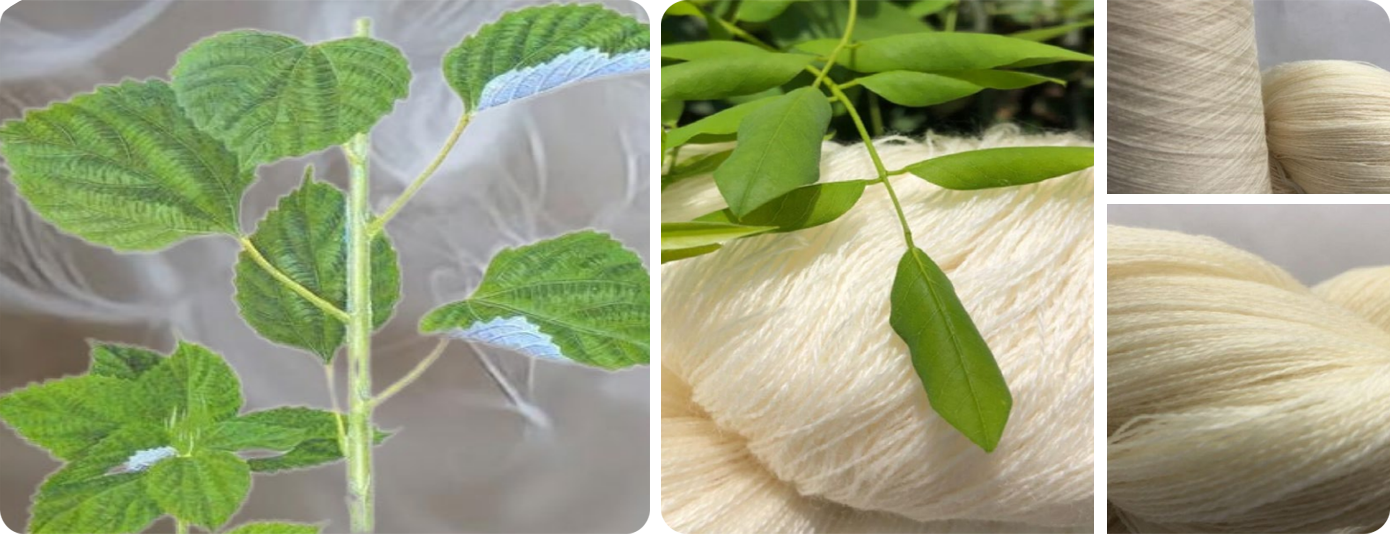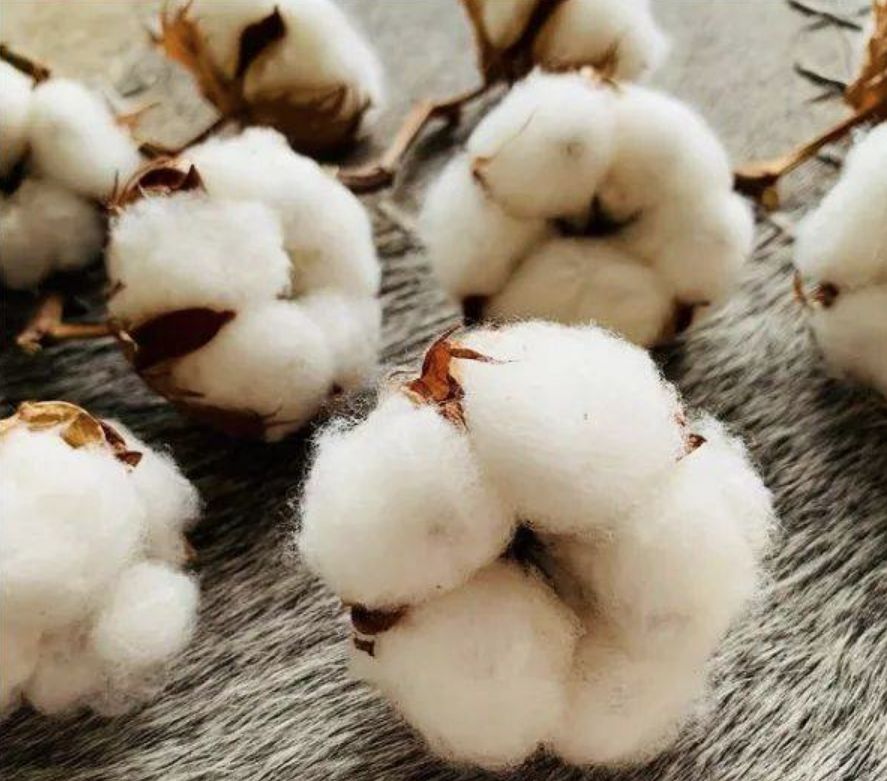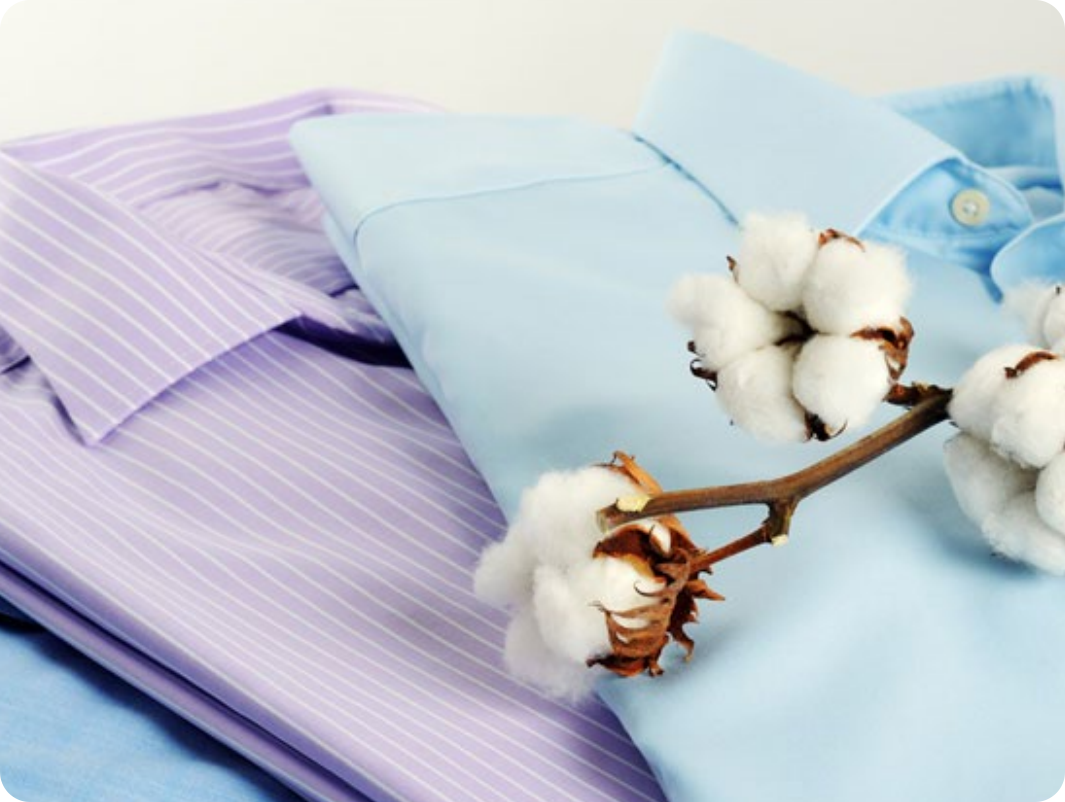
Get Latest Quotation
Natural vs. Synthetic Yarns: Weighing the Pros and Cons
As the world becomes more environmentally conscious, the debate between natural and synthetic yarns heats up in the crafting community. It's a discussion that's as intricate as the patterns they create. If you're a knitter, crocheter, or just a lover of all things cozy, you might find yourself tangled in the choice between natural and synthetic yarns. Let's unravel the pros and cons of each to see which might be the best fit for your next project.
The Warmth of the Natural
Natural yarns are spun from fibers that come straight from Mother Nature’s hands. Think wool, cotton, silk, and bamboo. These fibers have graced the spools of history, clothing humanity for centuries.
Pros:
- Eco-Friendly: Natural yarns are renewable and biodegradable, making them a friend to the earth. When you choose natural, you're often supporting sustainable practices.
- Breathability: Wearing a garment made from natural fibers allows your skin to breathe, reducing that icky, sweaty feeling on warmer days. And it's antibacterial as well, making them ideal for clothes.
- Insulation: Wool, for instance, has fantastic insulating properties. It can keep you toasty in winter while surprisingly cool in summer.
- Hypoallergenic Options: For those with sensitive skin, organic cotton or bamboo can be a godsend, as they're less likely to cause allergic reactions.
Cons:
- Price Point: Quality natural yarns can be pricier, often because of the more involved production process.
- Care: Hand-washing and air-drying are frequently recommended, which can be a drawback for the time-starved crafter.
- Durability: Some natural fibers can break down faster with frequent use, leading to pilling or wear.
The Innovation of the Synthetic
Synthetic yarns are the new kids on the block. Created from human-made materials such as acrylic, nylon, and polyester, these yarns bring a modern twist to traditional crafting.
Pros:
- Cost-Effective: Synthetics are generally easier on the wallet, an attractive feature for budget-conscious crafters.
- Easy Care: Toss them in the wash, and you're good to go. Synthetics offer a convenience that's hard to beat.
- Durability: They hold their shape and resist wear, making them ideal for items that see a lot of use.
- Vibrancy: Synthetic yarns hold dye well, offering a rainbow of color options that stay bright after many washes.
Cons:
- Environmental Impact: These fibers take centuries to break down, contributing to landfill waste.
- Breathability: Synthetic fibers often trap moisture, which can lead to discomfort and, well, odor.
- Sensitivity Issues: Some may find synthetic fibers irritating to the skin, especially in warmer temperatures.
The Blended Path
What if you can't decide? Enter the blended yarns – a mix of natural and synthetic fibers designed to offer the best of both worlds.
Pros:
- Versatility: By combining fibers, you get some durability and ease of care from synthetics with the comfort of natural yarns.
- Affordability: Blends can be more affordable than 100% natural yarns while offering some eco-friendliness.
Cons:
- Compromise: While you get a bit of everything, you might not get the full benefits of either fiber type.
Sustainability Stitches
Sustainability is a thread that runs deep in the yarn debate. While natural fibers are renewable, they aren't without issues. The farming of sheep for wool or cotton plants for their fluffy bounty can be resource-intensive. Synthetic fibers, though not renewable, have seen innovations like recycling plastic into polyester yarn.
The Feel Factor
Texture is everything when it comes to yarn. It's not just about the end product; it's the feel of the yarn as it slips through your fingers while you work. Natural fibers have a certain softness and warmth that many find unbeatable, while synthetics can offer a smooth glide that's easy to work with.
Crafting Your Choice
Ultimately, your choice in yarn might come down to the project at hand. Delicate heirloom pieces might call for the soft touch of alpaca wool, while that playful children's sweater that's destined for the playground (and the wash) might fare better in acrylic.
The yarn aisle is a spectrum, and your place on it depends on your priorities, whether they're budget, wearability, or environmental impact. Each skein has a story, and as you choose, you're weaving your values into your work.
Tying Off
In the end, there's no clear winner. Both natural and synthetic yarns have their rightful place in our baskets and our hearts. Whether you're drawn to the earthy hues and textures of the natural or the vibrant, resilient threads of the synthetic, your craft is personal. It's a reflection of your style, your values, and the purpose of your creation.
So, the next time you find yourself pondering over piles of yarn, consider not just the pattern you're planning, but the story you're stitching. Each loop, each knot, each purl is a choice—a blend of history, science, and art.
Whether you go natural, synthetic, or somewhere in between, make it a choice that feels right in your hands. Check out Zhink's Blended yarn below and we have been manufacturing yarn for over 10 years! Contact us if you need any yarns!





